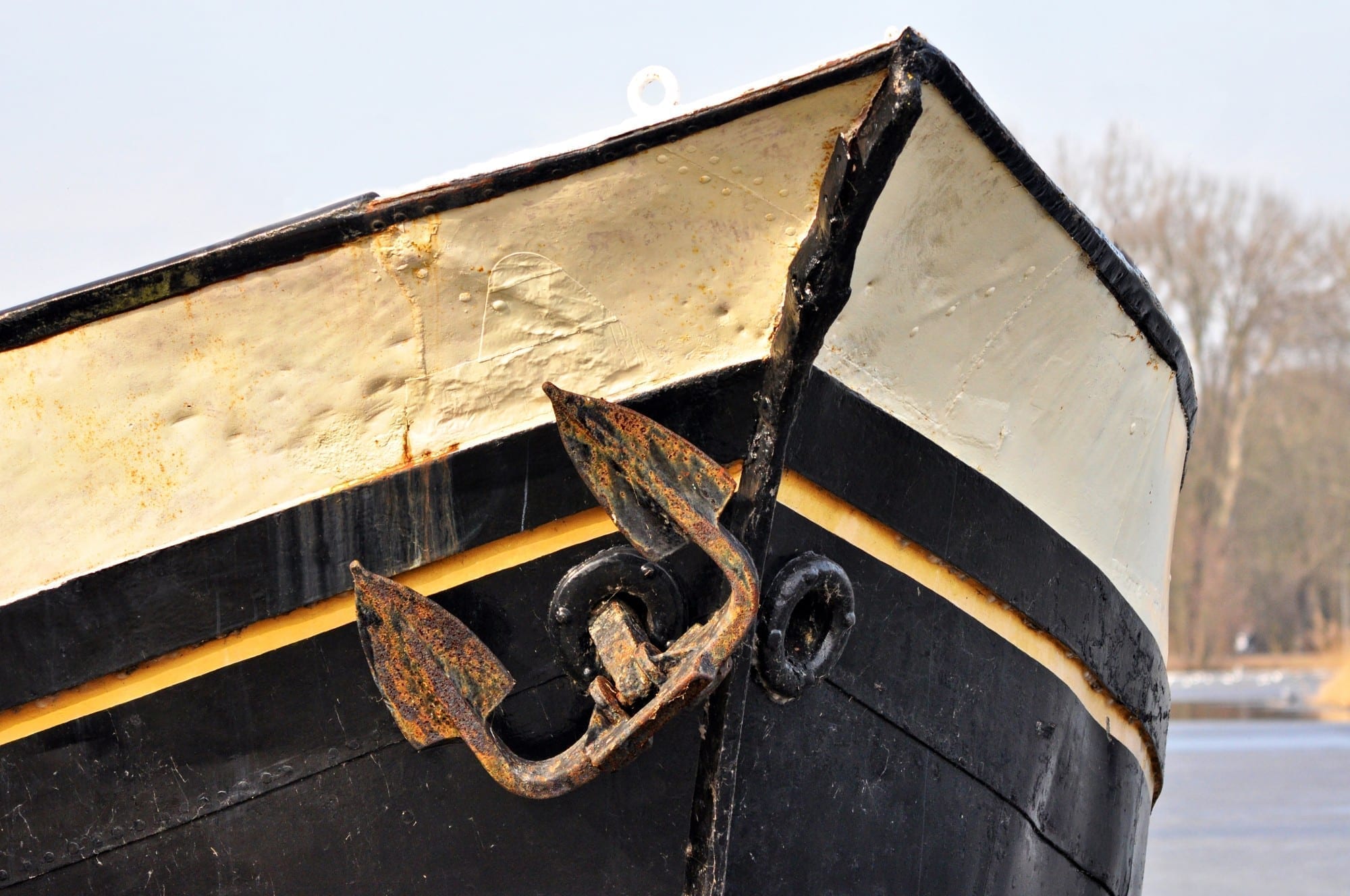

The best anchor system depends on the size and type of your vessel and what type of conditions you’re boating in. Stormy weather sailing in open seas demands a far different anchor than inland water boating.
The composition of the seafloor is also a key factor in deciding between the different types of anchors. What works well on a sand bottom may not suit rocks, reef, or mud.
Which type of anchor is best for your boat? Read our guide to find out!
It is preferable to have more than one anchor aboard your vessel. This allows you to not only make a decision based on where you are but also to set two anchors if needed. This is helpful in crowded areas or extreme weather.
Let’s take a look at 5 of the most popular types of boat anchors.
If you are low on space, the flat shape of the fluke makes it one of the easiest to store. It is lightweight and easy to handle, which also makes it ideal for newer boaters. Fluke anchors are a top performer in mud and sand but are not ideal for other bottom types.
Wing anchors are a great all-around option. They are the standard choice of most boat manufacturers. Its multi-pronged design holds well in most conditions aside from rock.
A plow boat anchor is like a wing anchor, except with the ability to swivel. This makes it a good choice for shifting winds or tides, as a change in the pull direction does not lift the anchor out of the ground. The downside is that they are heavy and awkward to maneuver and store.
The claw is a secure choice especially for anchoring over rock. It sets and resets easily, but its low holding power means a heavier weight is required.
Mushroom anchors are used for secure, long-term mooring in silt, soft mud, or loose sand. They aren’t generally practical for temporary anchoring, except for small boats making a quick stop (like fishing or lunch), over a silty bottom.
Now that we’ve discussed some different types of anchors, there are a few other considerations worth mentioning as well.
Anchors are ranked by not only their weight but also their holding power. When selecting a size, think about not only the size of your boat but the bottom conditions too. A boat that requires only a couple of hundred pounds of holding power on a rock bottom, may need a thousand pounds on a sand bottom.
You also need to select the most suitable material for your boat anchor. The three most common options are:
Choosing the best anchor windlass or capstan for your boat is important for effectively releasing and retrieving your anchor. While they essentially fulfill the same function, a windlass utilizes a horizontal cylinder compared to the vertical structure of a capstan.
Different types of anchors suit different needs. The style and size of your vessel, weather conditions, and the type of bottom you’ll be anchoring in are the key factors to consider when choosing a boat anchor.
We hope you’ve found this article useful. Keep browsing our blog for more interesting reads.
When it's cold outside, a warm and fashionable beanie is essential. A proper beanie warms…
Is your jobsite holding a large amount of plastic sheeting? Learn how to properly store…
Learn how to safely dispose of batteries to protect the environment, reduce waste, and recover…
Create the perfect boat dock with our guide! Discover tips on materials, regulations, and planning…
Learn about the effects of single-use plastics in farming and explore solutions like biodegradable materials…
Some industries rely on custom tools and equipment more than others, and for good reason.…